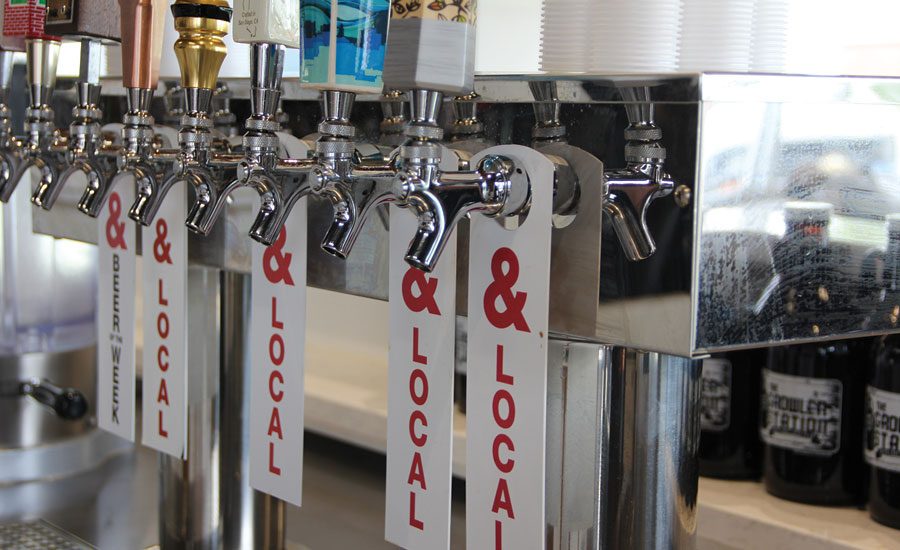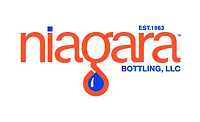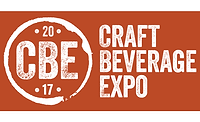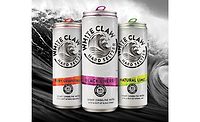Although the eCommerce effect has presented a new dynamic for the retail market, the convenience store (c-store) channel has shown itself to be resilient. However, experts note that the channel still is navigating other consumer packaged goods (CPG) trends in order to meet the needs of today’s consumer.
“Convenience stores are one of the few remaining bright growth spots across the retail landscape, c-stores were not immune from the impact of the evolving consumer,” says Jordan Rost, vice president of consumer insights for New York-based Nielsen. “As of the first half of 2017, dollar sales at c-stores were growing at less than half the rate seen in the year prior and unit sales growth has dipped into the red.”
The first half is based on sales for the 52 weeks ending July 1, Rost adds.
Jeff Lenard, vice president of strategic industry initiatives for the Alexandria, Va.-based National Association of Convenience Stores (NACS), notes that from a store count perspective, the channel is up, but not as much as in years past. He says that part of this can be attributed to market saturation.
“We are 34 percent of retail; there’s not much room for growth,” he says. That 34 percent includes all retail outlets except restaurants, he adds.
Yet, the industry has experienced a loss in dollar sales because of lower gas prices, approximately $150 billion in past two years, Lenard says. However, he notes that the channel is stronger today than two years ago as a result of its approach to consumer shopping behavior.
“We see that convenience stores are going to sell more in the way of food and beverages, and we are seeing continued in-store sales as retailers grow the fresh offer, the better-for-you offer and anything people want fast,” Lenard says.
A healthy boost
As more and more consumers are turning to CPG products to boost their health, convenience store operators are doing the same to boost their profits.
“Changing consumer preferences in c-stores echo the shifts we see across the rest of the landscape,” Nielsen’s Rost says. “Convenience stores have enjoyed a healthy boost from an increase in sales of meat snacks to consumers looking for a protein-rich, more healthful snack.”
However, Rost notes that some “healthy” categories have been challenged. “On the other hand, c-stores have felt the impact of more Americans avoiding dairy,” he says. “C-stores are facing a loss of $275 million in milk sales from what they saw in 2015 and on a volume basis, sales are contracting more than twice as fast in 2017 as we saw last year. Like all retailers, c-stores will have to match their assortment to a constantly evolving view of what foods are healthy.”
The retail channel is doing just that with NACS’ health-and-wellness initiative: reFresh.
“The reFresh initiative is about working with groups that can help best position our industry for the future, [including] working with nutrition groups and working with community groups,” NACS’ Lenard says.
Among the groups that the association has partnered with are the United Fresh Produce Association and the Partnership for a Healthier America. With the United Fresh Produce Association, NACS has learned some of the best practices of produce-selling success, and through the Partnership for a Healthier America, it is embarking on many programs together.
“One is having the equivalent to an online nutritionist that can guide store sets about what are [the] guidelines related to healthy,” Lenard says. “In terms of beverage, the bigger thing is we are going to be working with them to execute Drink Up!, their program to encourage water consumption.”
Citing Nielsen data, Lenard says that convenience stores account for 46 percent of the immediate-consumption, single-serve bottled water sales.
“We are the place to go for bottle water, so the Drink Up! program will give us an opportunity to further that,” he explains. “We had worked with Cornell University last year on a few tests to look at how to tell your beverage story better in stores. Just simply putting a cooler cling that says ‘hydrate’ grew water sales double digits and it grew total sales in the cooler double digits, so it wasn’t like it was water at the expense of something else. It was an ‘and’ program.”
Lenard explains that the reFresh initiative allows the convenience store channel to be part of the solution to some the health concerns impacting today’s consumers.
“It is about changing and being able to best tell that narrative,” he says. “This isn’t a PR exercise, this is about fundamentally changing the ability to go to market, and then, of course, you could tell a good story about it, but this isn’t about leading with PR, this is about leading with results.
“We’re working with a number of other groups, but we do see the huge trend with wellness driven by two groups that every retailer wants and that’s millennials and women,” Lenard continues. “Women are much more likely to come to a store for a beverage than they are for food and that could be because they’re less interested in our food, but we feel ultimately we can, maybe with success of our healthy options, increase the likelihood that women will be purchasing food in our stores.”
Quick solutions
What has allowed convenience stores to remain competitive against the growing number of retail outlets that have added food and beverage offerings to their assortment is the instant gratification from the quick in and out.
“C-stores still win when it comes to impulse and immediacy, and candy remains a strong driver of sales for the channel, delivering nearly $6 billion in sales over the last year,” Nielsen’s Rost says. “Not surprisingly, c-stores rank above other channels for shoppers seeking immediate needs and, increasingly, quick meals. C-stores have done well to evolve their convenient offerings beyond snacking to quicker meals, amassing $1.3 billion in deli sales in 2016.”
However, Rost notes that the evolving demands of consumers has placed a responsibility on convenience store operators to remain educated on the latest food and beverage trends.
“Many of the tailwinds that were blowing in c-stores’ favor have slowed over the last year. Dollar sales of bottled water grew just 2 percent and unit sales dipped into the red for the first time in the last few years,” he says. “On the other hand, sales of enhanced waters held relatively strong (while facing declines of their own), as those products resonate with consumers looking for the best of both worlds — great tasting and a perceivably ‘better-for-you’ beverage. Consumer preference is changing faster than ever and c-stores will have to stay nimble to keep pace.”
But better-for-you options are not the only products that consumers are demanding. High-end and super-premium beers, whether they be imported, domestic or craft, are finding a home within convenience stores.
“Imported beer accounted for 40 percent of all c-store sales growth over the last year,” Rost says. “While overall beer sales — within c-stores and across all channels — have stagnated recently, imports remain a big growth opportunity, delivering 13.5 percent dollar sales growth in the convenience channel. In fact, sales of import beer have grown to nearly the size of the bottled water category for c-stores. At the same time, sales of super-premium beers are growing even faster at over 20 percent, showing that there’s still strong growth prospects for c-stores in higher-end beer.”
NACS’ Lenard notes that local trends have helped the craft beer segment thrive in the locales in which they can be sold in convenience stores, particularly as more stores offer growler and crowler onsite operations.
“With the local element there are an awful lot of local breweries, I think there are more than 5,000 now, which is an all-time record,” he says. “A lot of them are too small to have their own bottles or cans. They may have kegs that they can have at their own restaurant or other restaurants but they don’t have a big enough production run for cans or bottles.
“They can work with a convenience store to do that with a growler program, so you’ll see like Kum and Go in the Midwest where half their taps are dedicated to local beers,” Lenard continues. “Some of which you can’t get anywhere else besides a bar. [There are] interesting opportunities for local, and just as long as you can tell that story around local, I think you might have a winner.”
Nielsen’s Rost adds that tap handles also are allowing convenience stores to accommodate some of the SKU proliferation that permeates throughout the beverage market. “At the same time that c-stores are expanding their food offerings to include fresh and prepared foods, some are experimenting with a beverage assortment that’s equally as ‘experiential,’” he says. “Some c-stores are offering craft beers on tap as a way to differentiate not just based on the products on shelves, but the experience offered in- store. While shoppers still go to c-stores looking for convenience, that can’t come at the expense of a great in-store experience.”
Crediting the quote to a speech he heard years ago, NACS’ Lenard points out that convenience stores must remember that they aren’t accordions. “For every new product that comes in, something has to come out, and that becomes very critical in the beverage cooler where you often times get rid of the old favorite with great peril,” he says.
He adds that for beverage manufacturers, cooler space is vital, but space is limited within a convenience store. Yet, through the use of open-air coolers, operators are able to expand their cold offerings while still maintaining their convenient status.
“The open-air cooler at the front of stores has totally transformed business and that’s allowed retailers to put grab-and-go healthy items — yogurt, string cheese, packaged salads, cut fruit and vegetables — that are really quick to grab and eat in the car,” he says. “But it’s also where you can put some beverages and expand the cooler beyond cooler doors and the benefit of those open-air coolers is there is no door and that makes it that much more convenient and that fits well with our channel.”





